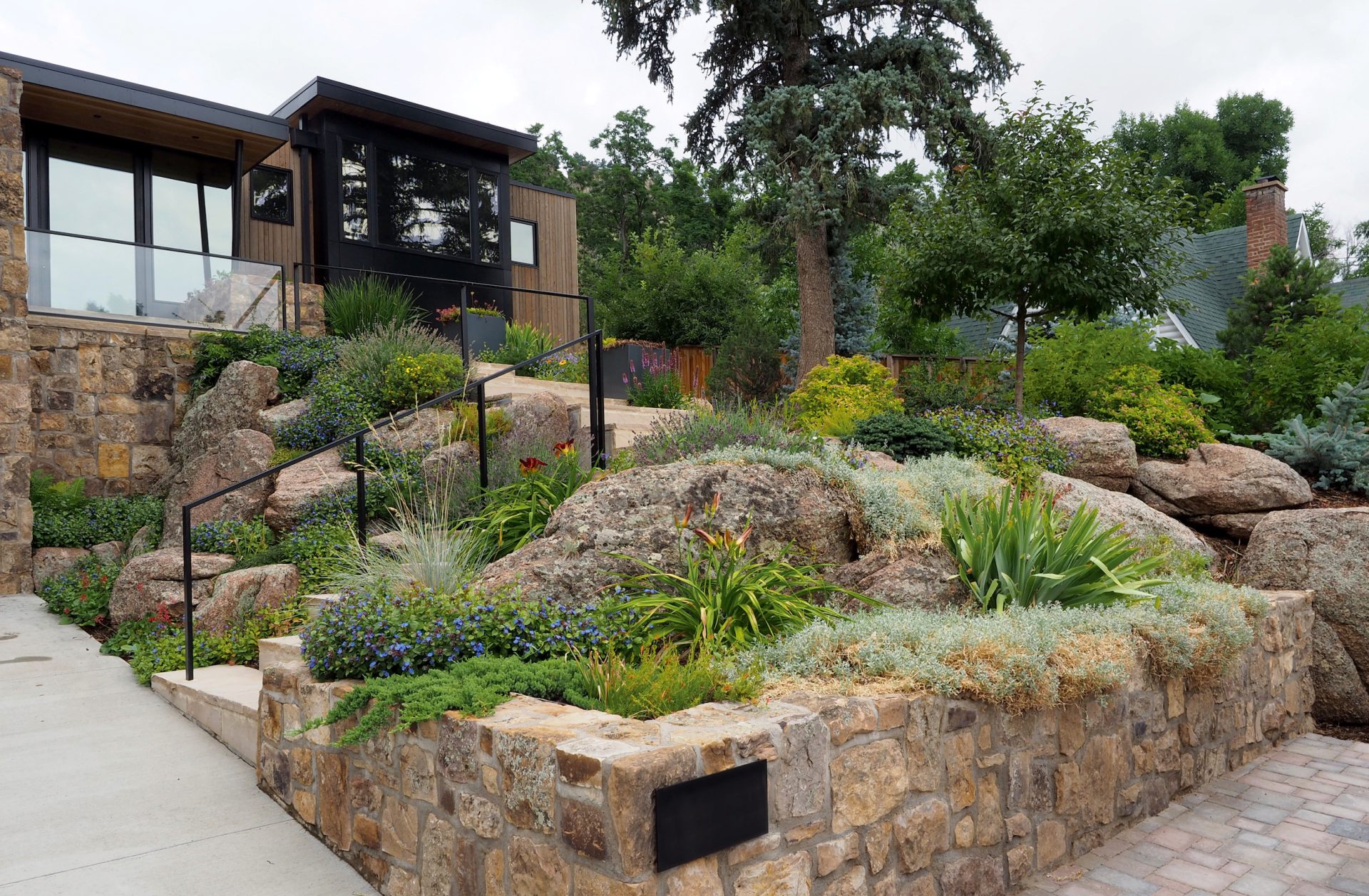Pet Pads: Home Design for Pets
31 May 2022

It’s no secret that Boulder County pet guardians consider their dogs and cats family—and they’re doing everything they can to create perfect pet-pampering properties.
By Sara Bruskin
Boulder County residents are going way beyond doggie doors and cat flaps in their quests to make their homes as fun and pet-friendly as they can be.
Over the last four or five years, Scott Rodwin of Rodwin Architecture and Skycastle Construction says he has seen a dramatic increase in the number of clients who want to create supportive spaces for their dogs (and, more and more, cats), from dog wash stations to outdoor enclosures.
Before he starts designing a home, Rodwin always asks clients what kind of pets they have so he can get a clear idea of how they’ll affect the house and vice versa. Larger dogs’ claws can wear out wood floors, so he may recommend more durable tile or polished concrete, for example.
Rodwin has also seen a huge surge in clients who want dog wash stations so they don’t have to lead muddy dogs through the house on the way to the bathroom. Usually located in the mudroom or laundry room, these elevated wash stations look like a hybrid sink/shower with a handheld sprayer, and some have steps leading up to the basin for the dog to climb.
Of course, protecting the pets themselves is always a high priority. Rodwin says, “We do a lot of work in the Boulder County Foothills area and because there are mountain lions, coyotes and other predators, several of our clients have asked us to include custom dog or cat enclosures on the outside of the house.” To keep the enclosure secure, they use a strong metal mesh called hog wire that they bury deep into the ground so predators can’t dig under it.
Catios, the outdoor enclosures specifically for cats, have been gaining popularity because they protect both the cat and the cat’s would-be prey, like birds and rabbits.

Eyesore Essentials
There’s no denying the necessity of a litter box. (Unfortunately, it’s a bad idea to toilet train cats, according to celebrity cat behaviorist and former Boulderite Jackson Galaxy.) Unsightly and smelly, litter boxes are best kept in an unobtrusive place. Rodwin says he often designs spaces in mudrooms and laundry rooms for a hidden litter box, and one client even asked for a custom cat-box closet, complete with ventilation fan.
Another client request was geared toward hiding dog crates. With dogs who frequently needed time in their crates, the clients wanted the dogs to be near them in the main social space of the house, but didn’t want the big crates to overwhelm the interior design. “We designed a built-in china hutch that we then extended out to wrap around three full-size dog crates,” Rodwin says.
They may not be a necessity, but cat trees are big elements of enrichment for cats. They’re generally beloved by their target users, but most of them aren’t what you might call inspired decor.

“Cat trees are ugly,” says Dominic Monahan, president of Clawz, a Boulder-based company that makes modern pet furniture. “If people have a nicely furnished room, they don’t want an ugly cat tree in there.” Monahan’s feline-focused creations instead resemble the modern architecture of many homes in Boulder’s foothills area—lots of access points, windows and sleek right angles. With the optional glass surface on top, they serve as coffee tables as well.
Wall-mounted ramps and cat hammocks also offer cat-tree alternatives, and Monahan is extending his line to include shelves that cats can jump up on, sleep in and generally explore more vertical areas of the home.
Of all the places to sell pet-friendly furniture, Boulder County is probably a really good bet.












